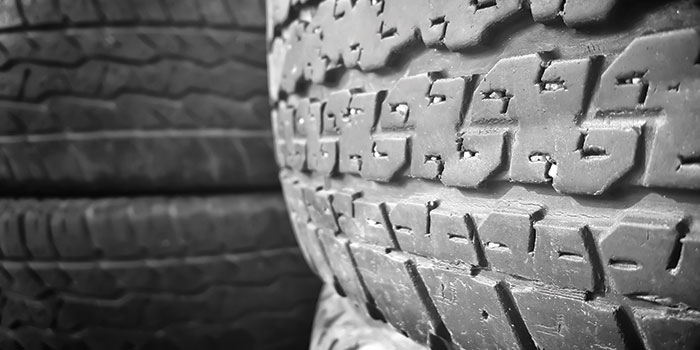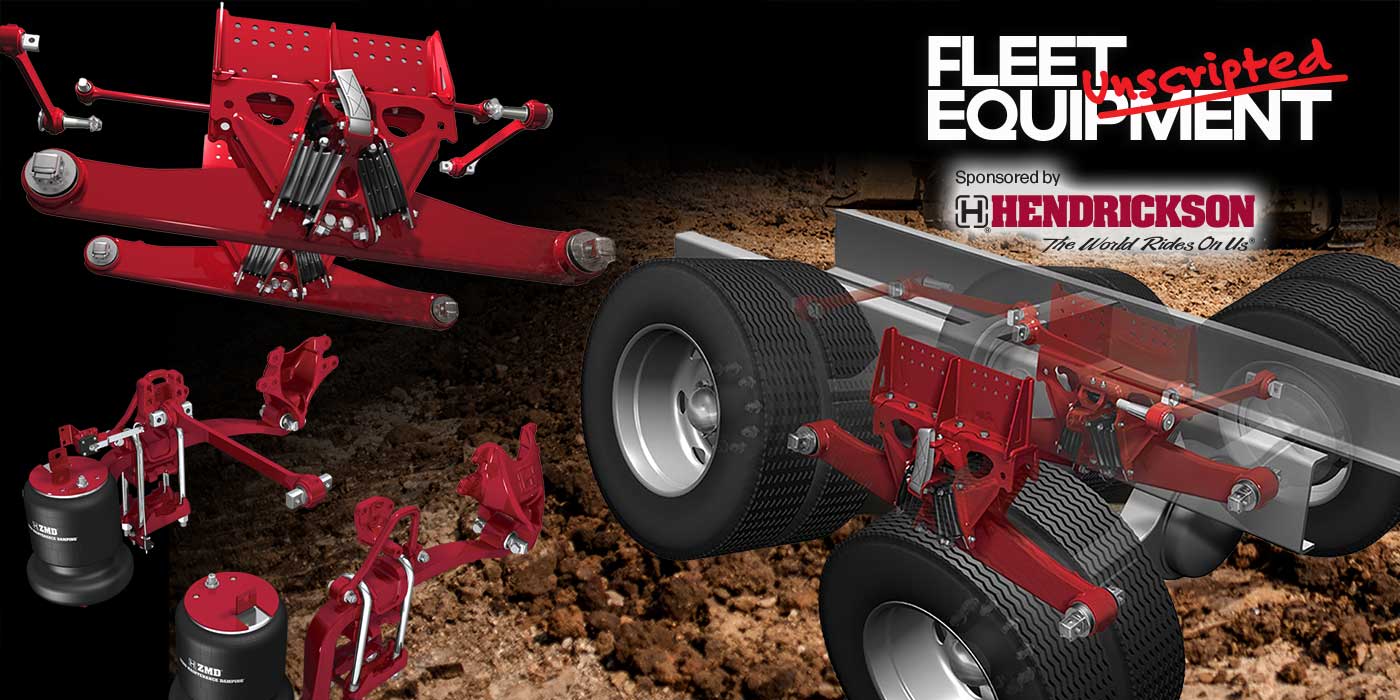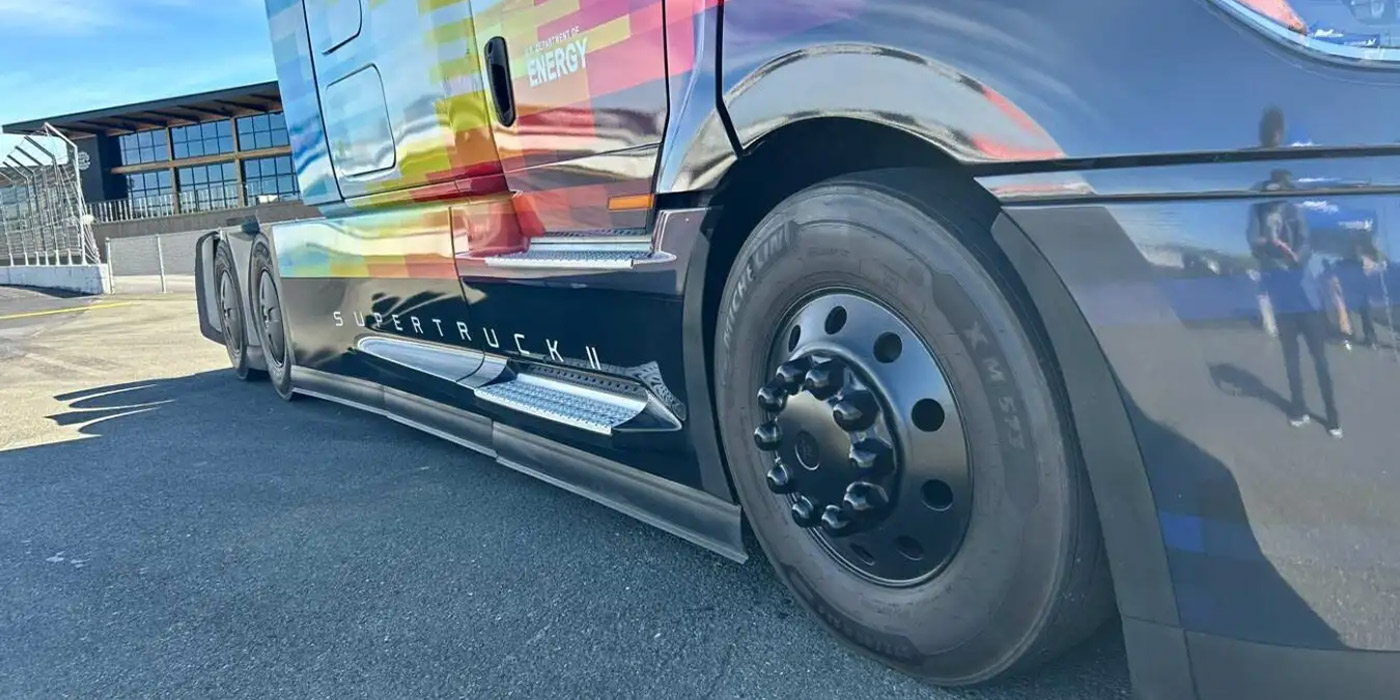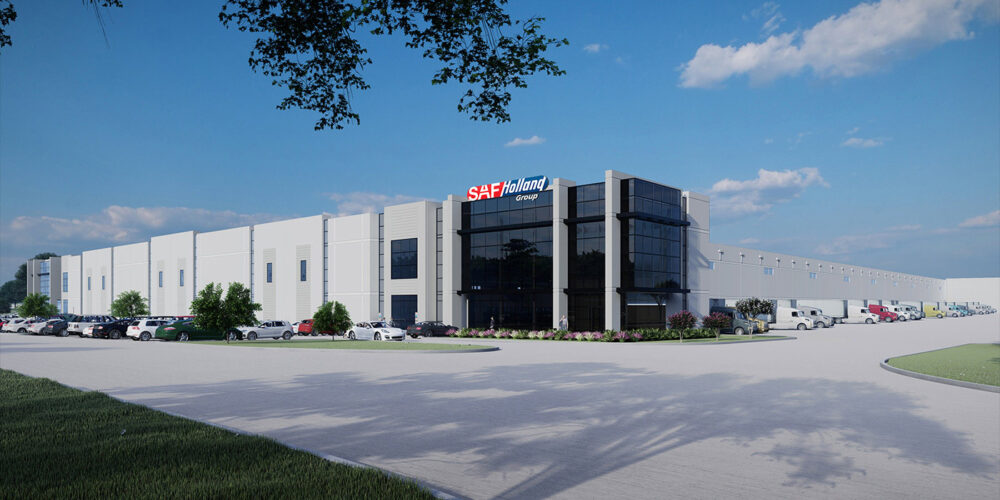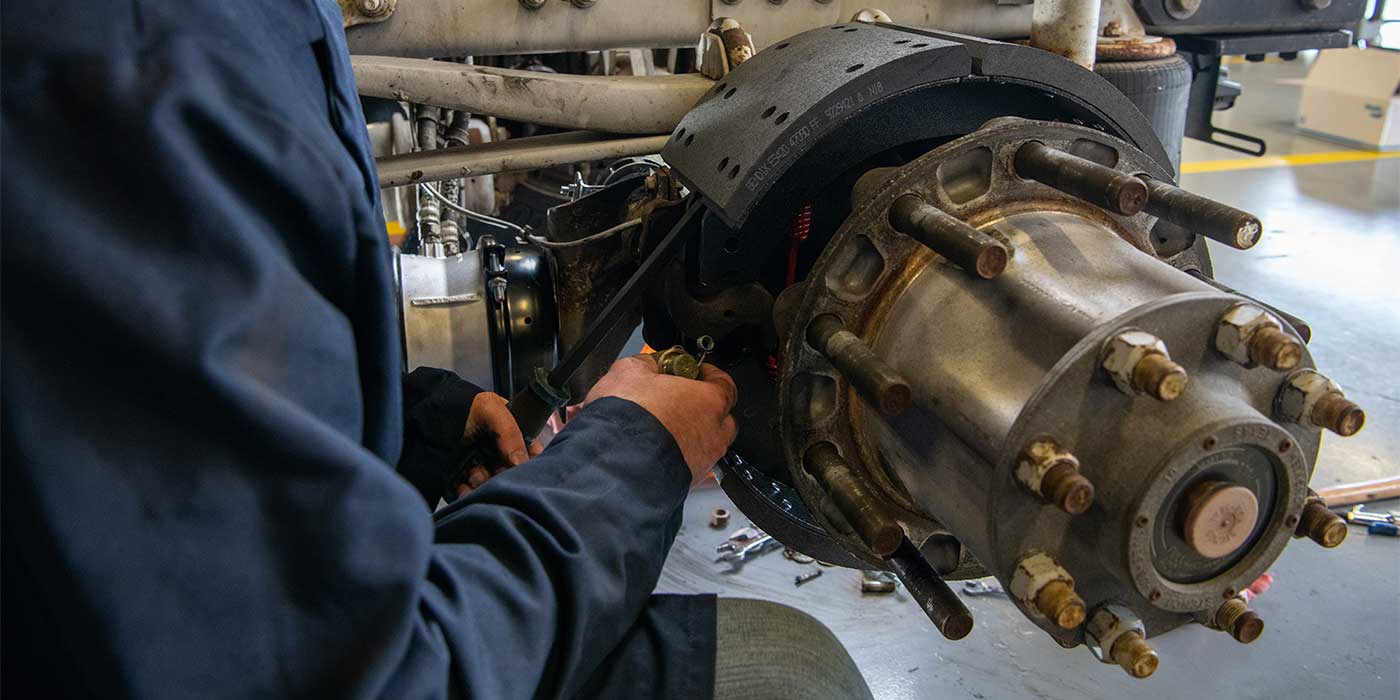Tire pressure systems are a popular subject in heavy vehicle maintenance conversations. Yet, some may think of these sensor-based systems as unnecessary. After all, your driver should be looking for signs of pressure loss every time they get in and out of the cab. But how is that helping your fleet’s tire maintenance costs? Can you even say how it is affecting cost without some trackable data?
Tires and retreads remain statistically the highest cost for fleet maintenance, partially because of the unpredictability factor, but also because of the added safety and maintenance issues that can arise when a tire-related maintenance event occurs.
Implementing active tire pressure management into a maintenance program is not as cost-prohibitive as it may appear. However, cost does vary on what type of system you implement and whether you apply cab or cab and trailer systems.
Types of active tire pressure management
There are two main options for including a sensor-driven application into fleet equipment: active tire inflation systems (ATIS) or tire pressure monitoring systems (TPMS). Most of us are familiar with TPMS because it is required in all vehicles made since 2008 that weigh under 10,000 lbs. Its purpose is not to address a tire pressure issue, but to make you aware that one is occurring.
TPMS for heavy vehicles have multiple aftermarket solutions from top tier suppliers. When selecting an aftermarket TPMS, it is important to get one that will integrate with other telematics readings in the vehicle. Many TPMS packages come with separate dash-mounted monitors to provide you with the tire pressure warning. However, many also have the capability to send pressure notifications wirelessly to your existing telematics provider. These more passive, warning-only systems are much more economical to acquire, costing as little as $125 per power unit.
ATIS takes a more proactive approach to responding to tire pressure events by initiating the addition of air into the tire to return it to a safe level. This type of system does require a more involved installation process, but there is an added safety benefit. ATIS systems increase the opportunity for a driver to get the vehicle to a safe place for stopping and possibly for maintenance. They can also help reduce retread loss when tire pressure is compromised.
ATIS options are not as plentiful in aftermarket solutions because they require additional install and equipment integration, which means a higher cost. Ultimately, selecting ATIS, TPMS or a combination of the two comes down to what your fleet’s goals are for tire safety.
As noted above, a fleet that runs more retread than new tires should consider a full ATIS program that applies to power units and trailers. Operations that prioritize new tires can consider the more passive TPMS options.
Additionally, research may not show a major increase in safety gained by the more expensive ATIS systems. However, your fleet could place a premium on that extra time to get the vehicle to a safer stopping point.
The real formula for selecting the right system is cost + benefit + fleet equipment mix + existing maintenance data on tire-related maintenance events = TPMS vs. ATIS.
Serviceability
One of the remaining struggles in the advanced vehicle technology supply chain is access to quality, reliable sensor components. This challenge affects original equipment manufacturers, aftermarket solution providers and anyone attempting to service sensor-based vehicle equipment.
One of the top inquiries in selecting a tire pressure management system is access to replacement sensors. Sensors can be critically damaged in crashes, but more often then not, the technology simply wears out.
A solution provider that has consistent access to replacement sensors, including checking to make sure your local independent parts distributor carries those parts, can be the final make-or-break question when ultimately deciding on a tire monitoring system.
Sheila Andrews is the director of heavy-duty programs for the Auto Care Association.

